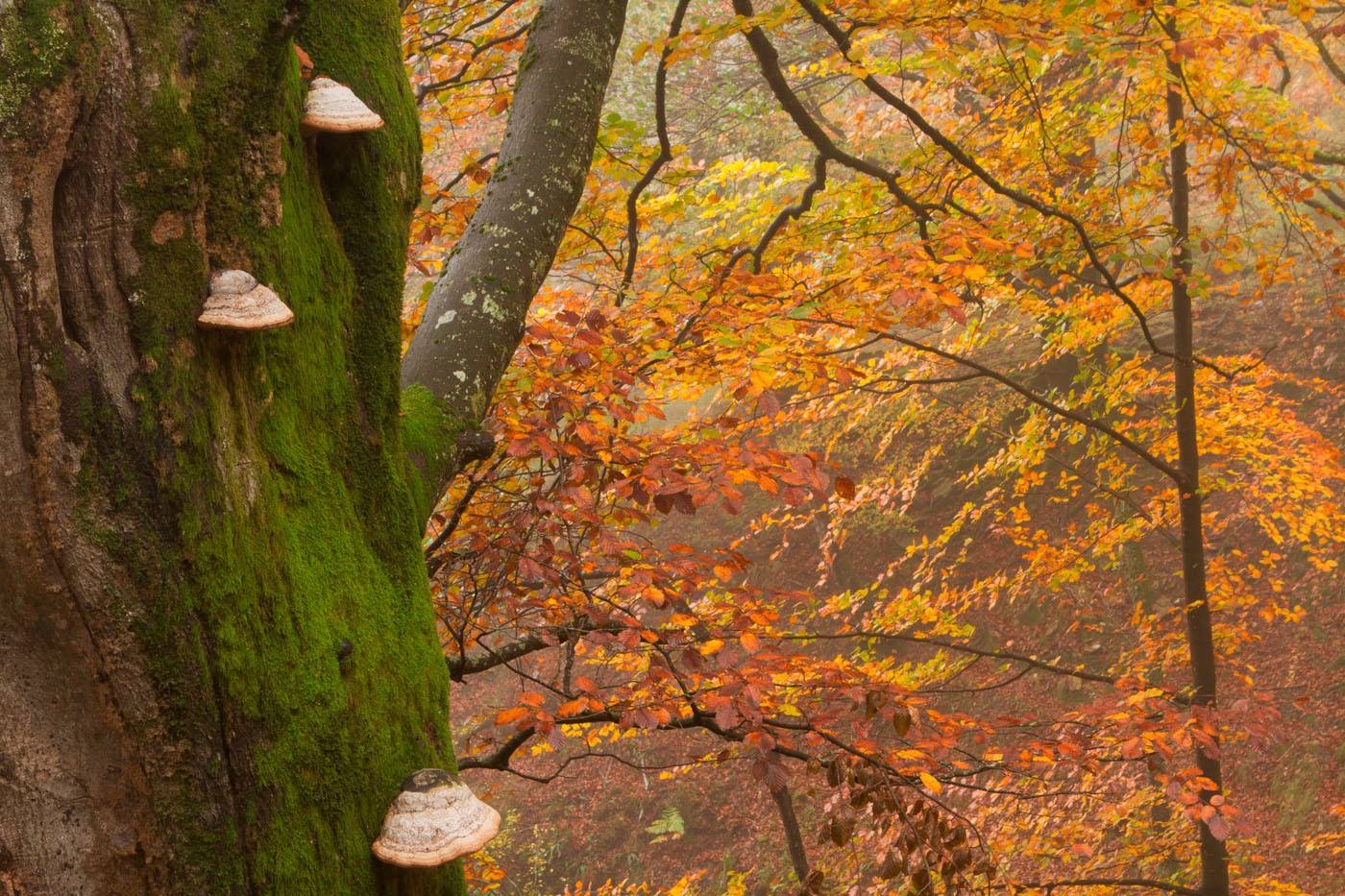Basque ethnography at a glance
Today the ritual of the new water and fire at Easter is not celebrated with the same fervour as before. The long-standing tradition of the blessing of the new water and fire was indeed a heartfelt paschal event in the 1940s. The new water is consecrated prior to the Easter vigil service and kept in the holy water font located at the entrance of the church. Likewise, a new candle is lit and the new fire blessed at the altar.
In the old days the water would have been taken from a source and the fire struck from a flint with a knife. The shower of sparks landed on a piece of tinder fungus, and by gently blowing on it, the sacristan encouraged the coal to grow and lit the candle to be blessed by the priest. More candles were then lit and the new fire expanded.
Those of us who have been altar children remember watching the sacristan of the parish church in Beasain strike a new fire with his flint every year at Easter.
At that time many families ignited their stoves with the new fire and kept new holy water in the house to ward off storms by sprinkling it from the window.
In our childhood escapades to the mountains, we used to search the trees for tinder fungi, pull them off and break them in chunks once dried. So we attended Easter Mass with our trouser pockets full of tinder, and at the end of the ceremony, lit a chunk and went on to light the others as we offered the new fire house to house.
We knew too well the lady of the house would reward us with a gift, typically some walnuts or chestnuts in farmsteads and either an old five or ten-cent coin in urban houses. It would not make us any richer but allowed us to buy a little Easter treat.
José Zufiaurre – Etniker Gipuzkoa – Etniker Euskalerria Groups
Translated by Jaione Bilbao – Language Department – Labayru Fundazioa
[N.B.: As mentioned above, the rite in question is now celebrated at nightfall on the eve of Easter, which fell this year on 15 April, and the end of the Easter season being still recent, we consider it timely to include this post.]


